Proven Strategies to Create High-Converting Facebook Video Ads
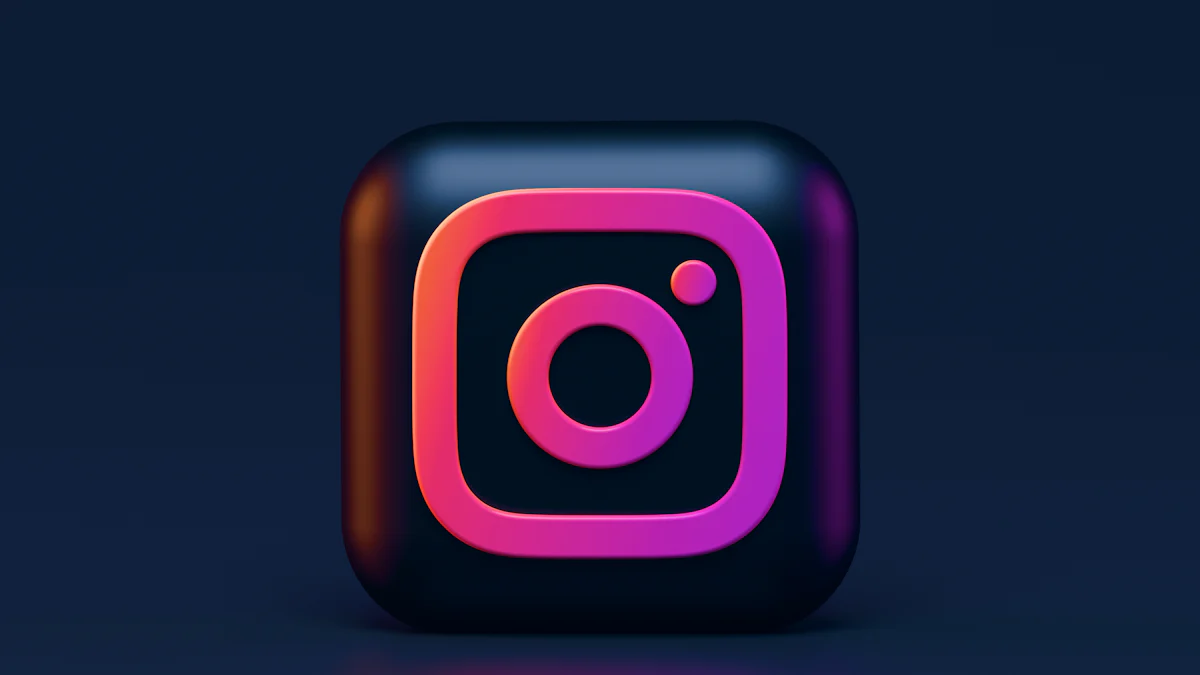
Creating Facebook video ads that convert in 2025 requires more than just creativity—it demands smart strategies. Video ads are driving a 34% increase in conversion rates, with viewers spending five times more time on video content than static ads. Features like Reels and Stories are game-changers. For example, Dove’s Reels campaign boosted engagement by 30%, while Tide’s Stories campaign cut acquisition costs by 20%. Tools like a Facebook video ad maker and AI-driven personalization make it easier than ever to connect with your audience and drive results.
Key Takeaways
Set clear goals for your Facebook video ads. For example, aim to get 20% more website visits in 30 days.
Spend your ad money wisely by choosing the right audience. Use custom and similar audiences to make your budget work better.
Make interesting video ads with good scripts. Tell a story and add a clear action step for viewers.
Use Facebook tools like Reels and Stories to get more attention. These tools have different uses and can improve your plan.
Check important numbers to see how your ads are doing. Numbers like clicks and views help you make better ads next time.
Setting Goals and Budget
Aligning Goals with Objectives
Before you dive into creating Facebook video ads, take a moment to define your goals. What do you want to achieve? Are you looking to boost brand awareness, drive website traffic, or increase sales? Choosing the right campaign objective is key to setting a clear direction. For example, if your goal is to generate leads, focus on lead-generation ads. If you want to drive conversions, opt for conversion-focused campaigns.
One common mistake advertisers make is setting vague goals. Goals like "improve engagement" or "get more clicks" lack clarity and make it hard to measure success. Instead, aim for specific and actionable objectives. For instance, "increase website visits by 20% in 30 days" gives you a clear target to work toward. Avoid limiting your audience unnecessarily, as this can restrict your ad's reach and effectiveness. A well-defined strategy ensures your ads align with your business objectives and deliver results.
Audience Targeting Strategies
Using Facebook's Targeting Tools
Facebook offers some of the most advanced tools to help you connect with the right audience. These tools allow you to refine your targeting and ensure your ads reach people who are most likely to engage with your content. Here are some proven Facebook ads strategies you can use:
Remarketing: Show ads to users who have already interacted with your brand. For example, you can target people who visited your website or added items to their cart but didn’t complete the purchase.
Target Competitor Audiences: Use Facebook Audience Insights to analyze your competitors. Create audiences based on their followers to attract users who already show interest in similar products or services.
Use Life Events: Facebook lets you target users experiencing major life changes, like getting married or moving. This is a great way to promote products or services that align with these events.
Target Lookalike Audiences: Find new users who share traits with your existing customers. This strategy helps you expand your reach while maintaining relevance.
In 2025, Facebook has also introduced sharper ad targeting options and AI-driven insights. These updates make it easier to create personalized campaigns while respecting user privacy. By using these tools effectively, you can boost engagement and drive conversions.
Creating Custom and Lookalike Audiences
Custom and lookalike audiences are game-changers for any Facebook ads strategy. Custom audiences let you target specific groups of people, like past customers or email subscribers. This level of precision ensures your ads feel personal and relevant, which increases engagement.
Lookalike audiences, on the other hand, help you find new potential customers. These audiences are modeled after your existing customers, making them more likely to convert. Think of them as warm leads—they already share traits with people who love your brand.
Crafting High-Impact Video Ads
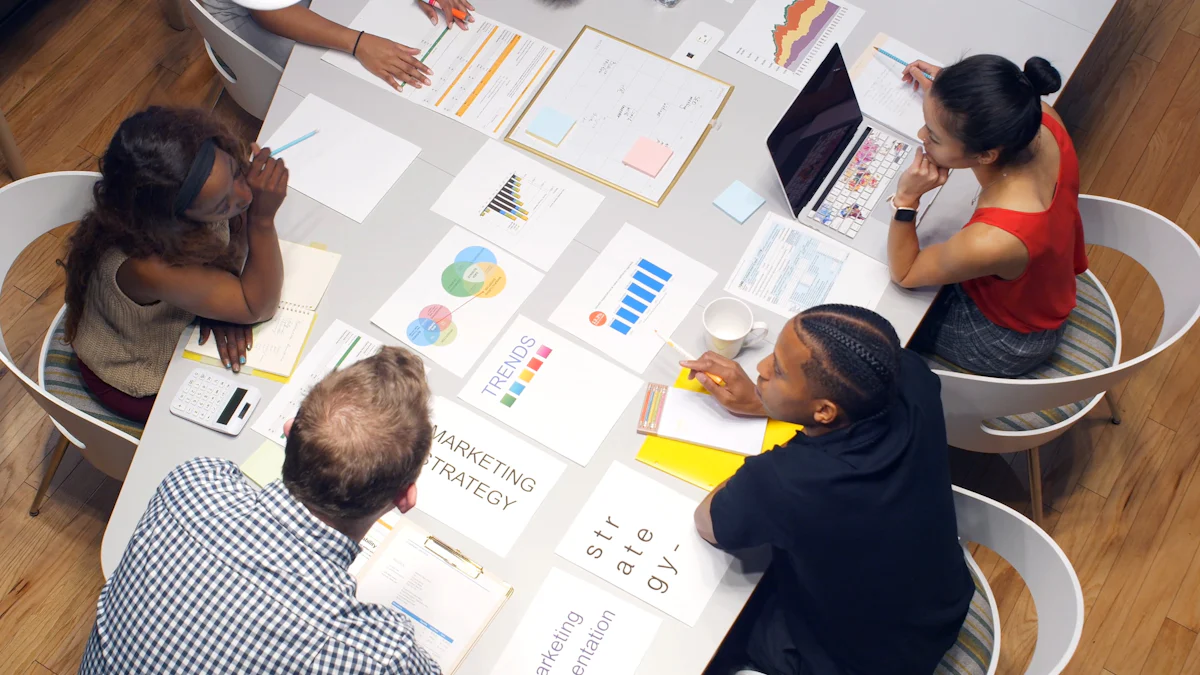
Scripting for Maximum Impact
A great video ad starts with a strong script. Think of your script as the backbone of your ad—it guides the story and keeps your audience hooked. Start by identifying the problem your product solves. Then, craft a narrative that highlights the solution in a way that feels relatable. Use engaging storytelling to connect emotionally with viewers. For example, instead of saying, "Our app saves time," show a busy parent using your app to simplify their day.
Keep your language simple and conversational. Avoid jargon or overly technical terms. Remember, your goal is to create compelling visuals and a message that resonates. End your script with a clear call-to-action, like "Sign up today" or "Learn more now." This ensures your audience knows what to do next.
Choose a particularly useful product advertising production tool
After having the idea and outline, the only thing left is to start making it! If you want to make it, you need a useful tool! If you see this, I recommend a particularly useful tool - Boolvideo, an AI product advertising video production tool that helps you easily create the advertising videos you want!
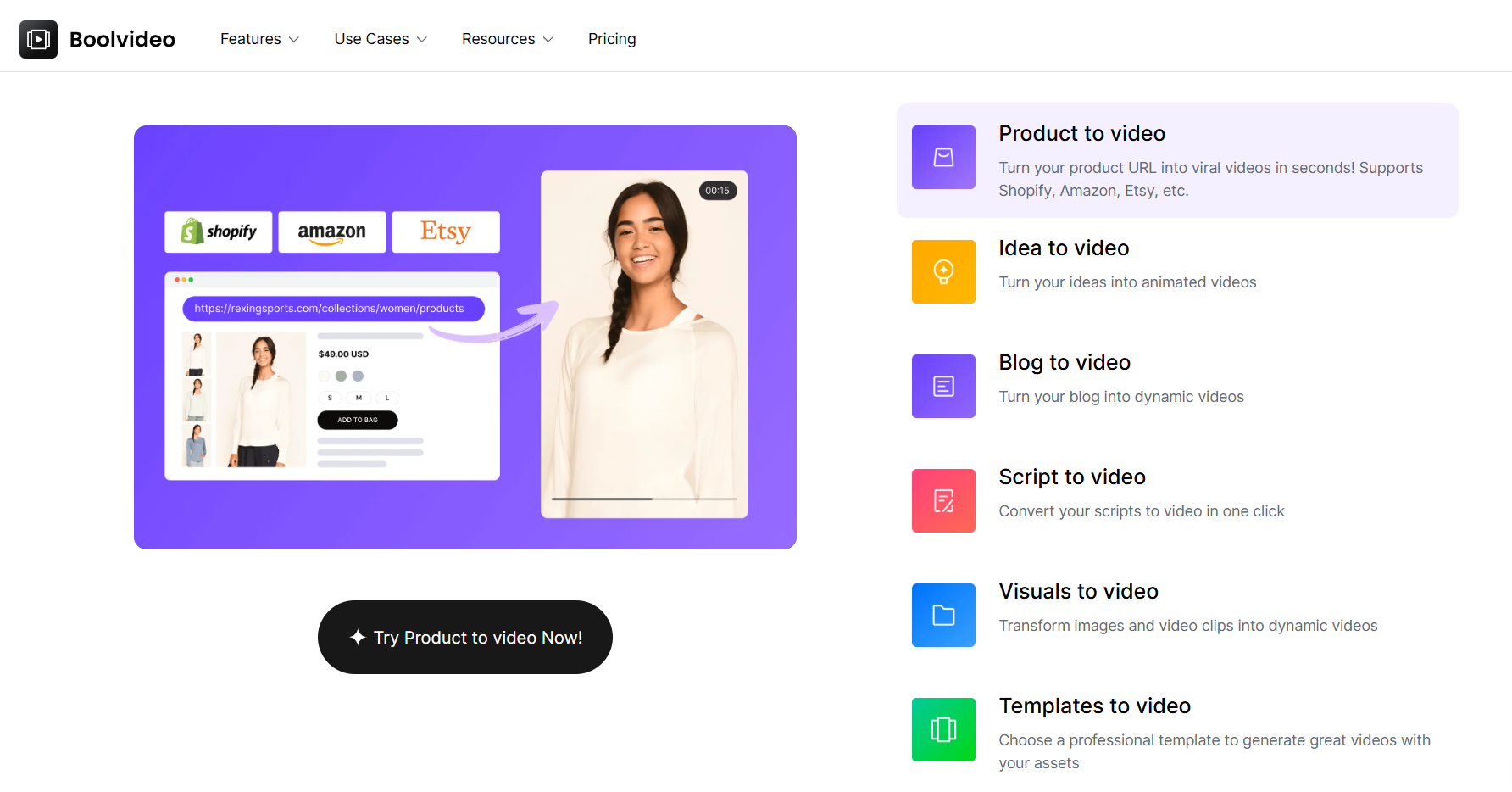
Boolvideo has many features that can help you create different types of videos according to your personal needs. As shown in the figure, there are 8 basic functions on it.
Create video Now
Create High-Converting Facebook Video Ads
For example, "product to video", "idea to video", and so on, each function will have specific feature introductions below.
Takethe idea to video as an example. When you choose this feature to make a video, you can input your ideas into the box, configure the basic elements of the video, and then click "generate". After waiting for one to two minutes, you can get your video's finished product.
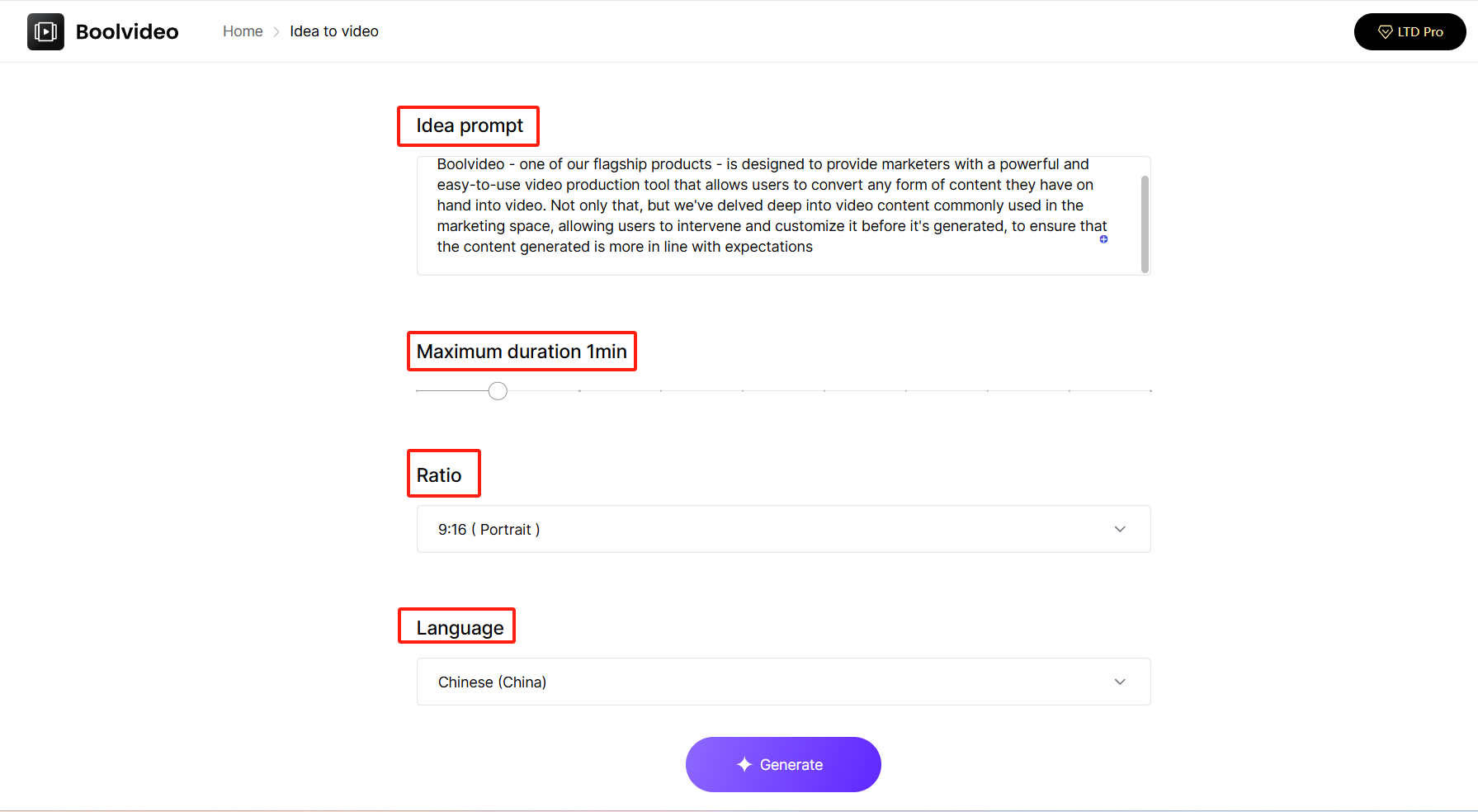
If you feel that there are still some slight improvements in the generated video, you can adjust them yourself, such as switching the order of lenses, changing filters, changing fonts, changing background music, etc. When you have adjusted them, just press export directly~
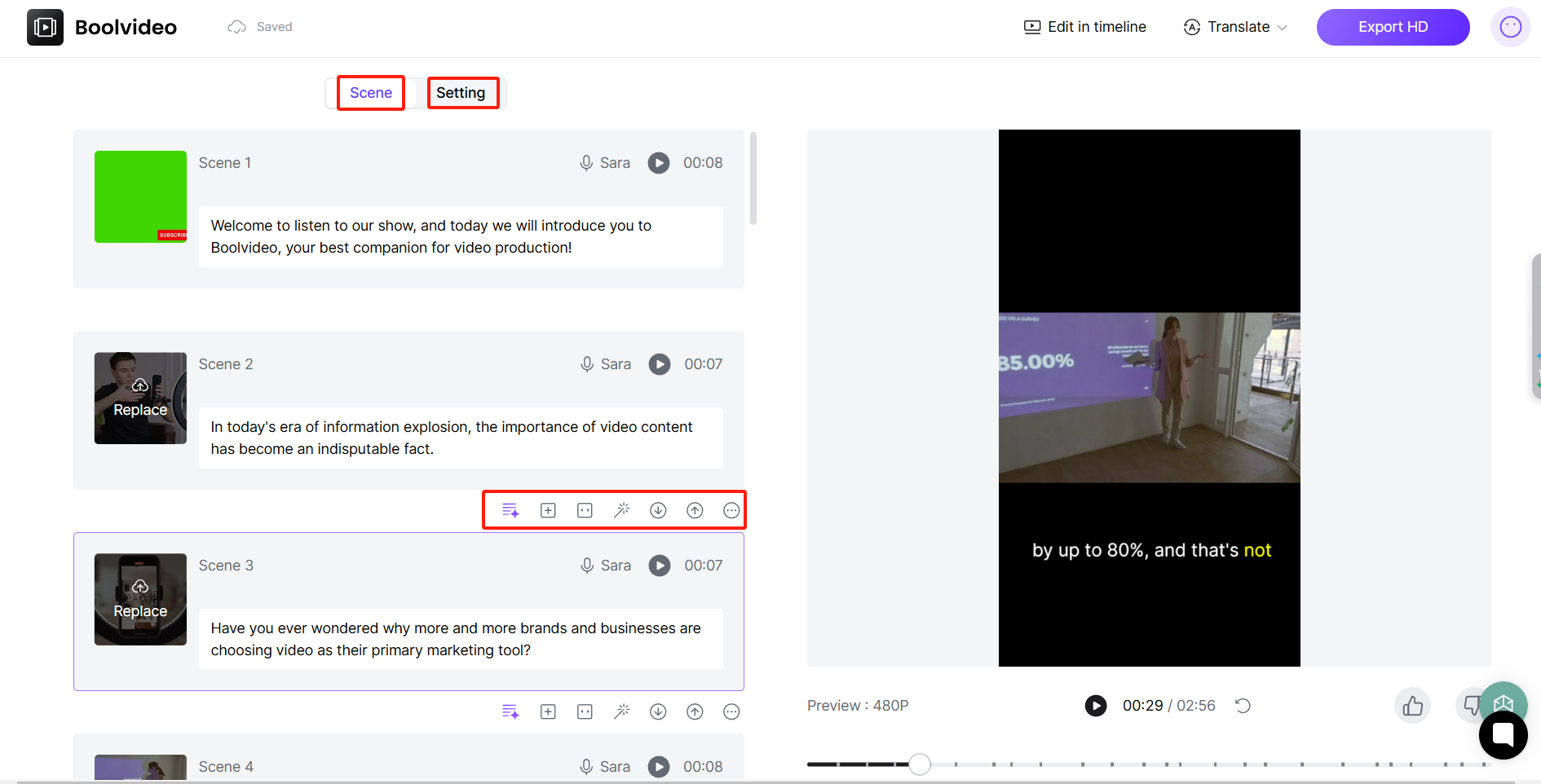
Adding Strong CTAs
A strong call-to-action (CTA) can make or break your ad. It’s the final nudge that turns viewers into customers. Here are some examples of CTAs that drive conversions:
Click-to-call buttons: Let prospects contact you instantly.
Social engagement CTAs: Encourage actions like "Follow us" or "Share this."
Lead generation CTAs: Offer downloads or event registrations.
Sales and signups CTAs: Use phrases like "Buy now" or "Start your free trial."
Your CTA should align with your campaign goals. If you want high engagement, focus on social CTAs. For conversions, use action-oriented language. Place your CTA prominently in your video to ensure it stands out.
By combining a strong script, mobile optimization, and a clear call-to-action, you’ll create ads that not only grab attention but also deliver results.
Leveraging Facebook's Advanced Features
Using Reels and Stories
Reels and Stories are two of the most powerful tools you can use to boost engagement on Facebook. They may seem similar, but they serve different purposes. Here’s a quick comparison to help you understand their unique strengths:
Feature | Reels | Stories |
|---|---|---|
Discoverability | Publicly discoverable via hashtags | Shared only with followers |
Engagement Type | Engages the entire Instagram community | Primarily engages existing followers |
Interaction | Comments and likes, potential for virality | Polls, questions, and direct messages |
Purpose | Attracts new followers and boosts overall engagement | Maintains connection with current followers |
Content Style | Entertaining, TikTok-style videos | Personalized, interactive content |
Call to Action | Less direct, focuses on entertainment | Direct engagement through interactive features |
Reels are perfect for reaching new audiences and driving overall engagement. Stories, on the other hand, help you connect with your existing followers through interactive features like polls and questions. By combining both, you can create a well-rounded Facebook ads strategy that drives conversions and builds relationships.
Dynamic Ads for Personalization
Dynamic ads take personalization to the next level. Unlike static ads, they adapt to each user’s behavior, showing products or services based on browsing history, location, or demographics. This strategy leads to higher engagement and click-through rates. For example:
Enhanced Dynamic Product Ads (DPAs) retarget users with personalized messages based on their shopping history.
Weather-triggered dynamic creatives adjust messaging based on local weather conditions, making ads feel timely and relevant.
Multi-language localized ads ensure your message resonates with diverse audiences.
Dynamic ads don’t just improve engagement—they also drive conversions by showing users exactly what they’re looking for. If you’re running campaigns, this is a must-have tool in your arsenal.
Incorporating AR Elements
Augmented Reality (AR) is no longer just a buzzword—it’s a game-changer for Facebook ads. AR elements let users interact with your brand in fun and immersive ways. Think virtual try-ons for makeup or furniture placement tools for home decor. These features make your ads more engaging and memorable.
AR ads also encourage users to spend more time with your content, which increases the likelihood of conversions. For example, a beauty brand could let users “try on” lipstick shades through an AR filter. This not only boosts engagement but also helps users make confident purchasing decisions.
By leveraging AR, you can create a unique and interactive experience that sets your brand apart. It’s one of the most innovative strategies to stay ahead in the competitive world of Facebook advertising.
Retargeting and Personalization
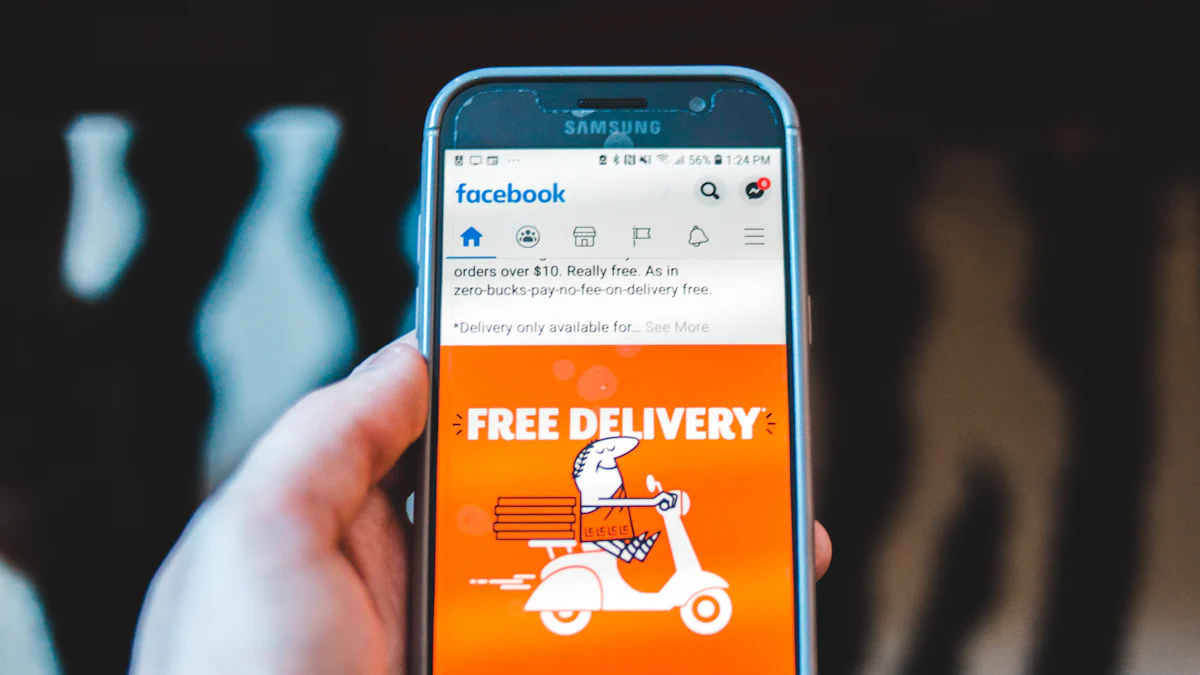
Retargeting Abandoned Carts
Abandoned carts are a goldmine for conversions, and retargeting campaigns can help you reclaim those lost opportunities. To start, make sure you’ve installed the Facebook pixel on your website. This tool tracks user actions like product views and cart additions, allowing you to create custom audiences for targeted ads. It’s a simple yet powerful way to bring back potential customers.
When setting up your retargeting campaign, segment your audience carefully. Avoid showing ads to users who’ve already completed their purchase. Refresh your data regularly to ensure your targeting stays relevant. Meta Advantage+ Remarketing Ads can also help you deliver personalized experiences based on user behavior. These strategies ensure your ads feel timely and relevant, increasing the likelihood of conversions.
Building Lookalike Audiences
Lookalike audiences are a game-changer for expanding your reach. Unlike custom audiences, which target people who’ve already interacted with your brand, lookalike audiences help you find new users who share similar traits with your existing customers. Facebook uses data analysis and machine learning to identify these potential customers, making this strategy both efficient and scalable.
By combining lookalike audiences with your custom audience data, you can create a balanced Facebook ads strategy. This approach allows you to engage both new and returning customers, boosting your campaign performance. It’s a smart way to grow your audience while maintaining relevance.
Personalizing Ad Messaging
Personalized ads are key to standing out in a crowded marketplace. Tailoring your messaging to your audience’s preferences can significantly boost engagement. For example, Uber Eats promotes discounts based on customer preferences, while Netflix offers hyper-personalized content recommendations. These strategies make users feel valued and understood.
To create personalized ads, focus on timing and context. Use customer behavior data to deliver messages that resonate. For instance, TD Bank sends event-triggered emails promoting relevant products based on transactions. This level of personalization not only improves engagement but also drives conversions.
By combining retargeting, lookalike audiences, and personalized messaging, you can create a Facebook ads strategy that delivers exceptional results.
Optimizing Ad Performance
Tracking Key Metrics
Tracking the right metrics is essential to understanding how well your Facebook ads are performing. Without this data, you’re essentially flying blind. So, what should you focus on? Here’s a quick breakdown:
Metric Type | Description |
|---|---|
Performance Metrics | Measures the effectiveness of ads in achieving desired outcomes, such as CTR and ROAS. |
Delivery Metrics | Indicates how well ads are being delivered to the target audience. |
Engagement Metrics | Assesses how users interact with the ads, including likes, shares, and comments. |
You should also keep an eye on video-specific metrics like video views and the average time spent watching. These numbers reveal how engaging your content is and whether it resonates with your audience. For example, if viewers drop off early, it might be time to rethink your opening visuals or script. By focusing on these metrics, you’ll gain valuable insights to fine-tune your campaigns and drive conversions.
A/B Testing Strategies
A/B testing is one of the smartest strategies to improve your Facebook ads. It’s like running a mini-experiment to see what works best. Start by testing different concepts. For instance, try varying the opening of your video or using a completely new headline. This helps you identify which creative direction resonates most with your audience.
But don’t test everything at once. Focus on one element at a time, like the call-to-action or ad format. This way, you’ll know exactly what’s driving the change in performance. Also, avoid audience overlaps. If the same people see multiple ad versions, your results could get skewed. Run your tests for at least seven days to gather reliable data. And if you notice ad fatigue, rotate fresh content to keep your audience engaged. These strategies ensure your Facebook ads strategy stays sharp and effective.
Using AI Tools for Optimization
AI tools are game-changers for ad optimization. They help you make real-time adjustments, saving you time and money. For example, AI can analyze performance metrics and suggest tweaks to improve results. It can also help you create personalized ads by leveraging custom and lookalike audiences. This level of personalization boosts engagement and increases conversion rates.
Here’s how AI can enhance your campaigns:
Success Factor | Key Strategy | Expected Impact |
|---|---|---|
Content Variety | Use of Reels, Stories, and live videos | Better visibility in algorithms |
Audience Targeting | Leveraging custom and lookalike audiences | Higher conversion rates |
Performance Tracking | AI tools for real-time adjustments | Reduced acquisition costs |
By incorporating AI into your Facebook ads strategy, you’ll stay ahead of the curve and maximize your campaign’s potential. It’s a powerful way to ensure your ads deliver consistent results.
Staying Ahead of Facebook Trends
Prioritizing Short-Form Video
Short-form video is taking over Facebook, and you can’t afford to ignore it. Platforms like TikTok have shown how effective quick, engaging content can be, especially for younger audiences. 60% of TikTok users are aged 16-24, and Facebook is adapting its strategy to appeal to this demographic. By prioritizing short-form videos, you can connect with this audience and drive conversions more effectively.
What makes short-form content so powerful? It’s all about storytelling. A 15-20-second video can captivate viewers, deliver a clear message, and leave a lasting impression. Reels and Stories are perfect for this format. They let you showcase your brand’s personality while keeping things fun and engaging. Plus, cross-posting these videos across platforms can amplify your reach. If you want your campaigns to stand out, short-form videos should be at the heart of your Facebook ads strategy.
Investing in Creative Innovation
Creative innovation is what sets great ads apart from the rest. Brands like Dior and MINI have shown how powerful this can be. Dior’s video featuring Natalie Portman in a casual setting felt authentic and relatable, while MINI focused on emotional storytelling to connect with viewers. These approaches resonate because they go beyond selling products—they sell experiences.
User-generated content (UGC) is another trend you should explore. It’s 35% more memorable and 50% more trusted by millennials compared to traditional media. A wellness brand, for instance, used UGC featuring an expert to create relatable and informative ads. This kind of content builds credibility and keeps your audience engaged. By embracing creative innovation, you can make your Facebook ads more impactful and memorable.
Creating high-converting Facebook video ads doesn’t have to feel overwhelming. By following proven strategies, you can craft campaigns that grab attention, engage viewers, and drive results. Remember to focus on the essentials: grab attention in the first three seconds, keep videos short, and optimize for mobile. Don’t forget to experiment with video ads to discover what resonates best with your audience. Testing different approaches improves lead quality, helps you understand your audience better, and boosts visibility.
Stay curious and keep refining your Facebook ads strategy. The more you test and optimize, the better your campaigns will perform. With the right mix of creativity and data-driven insights, you’ll turn viewers into loyal customers in no time.
FAQ
What’s the ideal length for a Facebook video ad?
Short videos work best! Aim for 15-30 seconds to keep viewers engaged. If you need more time, make sure the first 5 seconds grab attention. Remember, people scroll fast, so hook them early!
How can I make my video ads stand out?
Focus on bold visuals, clear messaging, and emotional storytelling. Use captions for silent viewers and optimize for mobile. Don’t forget to add a strong call-to-action (CTA) to guide your audience.
Should I use Reels or Stories for my ads?
Both! Reels help you reach new audiences with entertaining content. Stories are great for engaging your followers with interactive features like polls. Use both to maximize your reach and conversions.
How do I know if my ad is working?
Track key metrics like click-through rates (CTR), video views, and conversions. Use Facebook Ads Manager to monitor performance. If something isn’t working, tweak your visuals, messaging, or targeting.
Are Facebook ads worth the investment?
Absolutely! Facebook ads let you target specific audiences, personalize messages, and track results. With the right strategy, they can drive traffic, boost sales, and grow your brand.
💡 Pro Tip: Experiment with different ad formats and A/B testing to find what works best for your audience.
See Also
Creating Impactful Marketing Videos That Yield Success
Effortlessly Produce Captivating Short Videos That Engage
Essential Strategies for Enhancing YouTube Affiliate Marketing 2024
Five Engaging Promotional Videos That Boost Sales Effectively


